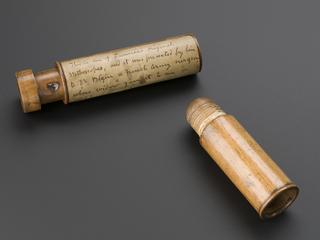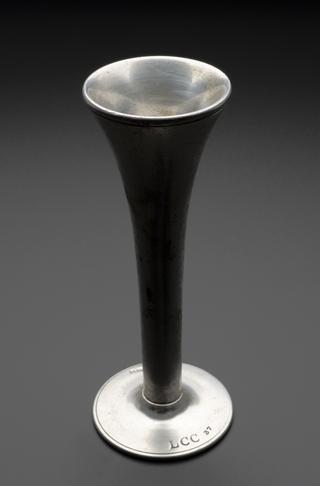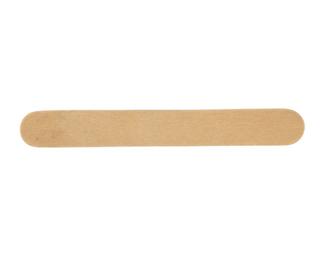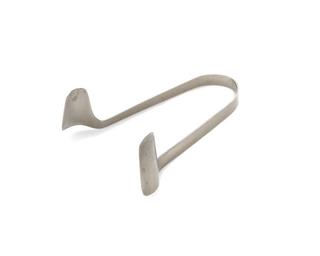
Gastric suction tube, United Kingdom, 1950-1960
- Made:
- 1950-1960 in United Kingdom






Intestinal suction tube, rubber, British (?), 1950-1960
Usually referred to as a stomach pump, this device allows the contents of the stomach to be emptied quickly, easily, and most importantly, safely. This is usually done to collect samples for laboratory tests or to empty the stomach in cases of poisoning. The tube is inserted into the nose or mouth and then down into the oesophagus and stomach. The tube is approximately 840 mm long.
This type of gastric suction tube was invented by I J Wood and his colleagues at Walter and Eliza Hall Institute of Medical Research, Melbourne, Australia in 1949.
Details
- Category:
- Clinical Diagnosis
- Object Number:
- 1979-765
- Materials:
- rubber, metal, plastic (unidentified) and glass
- Measurements:
-
overall: 405 mm x 404 mm, 4 mm, .74 kg
- type:
- gastric suction tube
- credit:
- Central Middlesex Hospital




